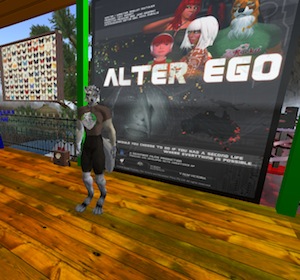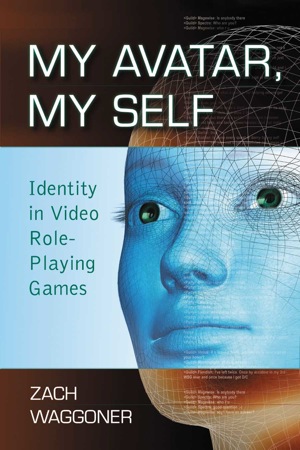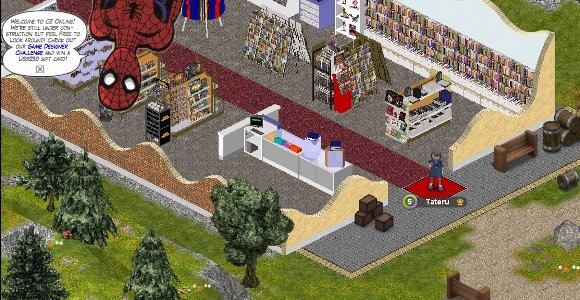James Cameron’s new film, Avatar, teaches us nothing about avatars.
Why? Well, let’s take a step back and look at the basic idea that already exists.
Most people are members of one of the 20 or so major religions, pretty much all of which have the concept of the avatar in common. Throughout religious philosophy and doctrine, your body and brain are considered to be your avatar, a vehicle for the actual you that continues on. The body is the avatar of the spirit (and in a couple of religions, the spirit itself is in turn an avatar of something outside).
Throughout our religious education and observations, the point is hammered home again and again – your body is your avatar in this world. This idea has now persisted for millennia, even though it is not widely associated with the word used to describe it.
And after thousands of years, it still hasn’t actually sunk in, even among many of the most devout.
From that perspective, virtual environments and avatars are a natural extension of our beliefs about the universe and our place in it. We’re just not really ‘getting’ that whole avatar thing, even though it is one of the central tenets of our varied religious beliefs.
Do I really think that James Cameron is going to be more successful with a US$237 million film budget where our most deeply held and treasured faiths about life and the nature of the universe have failed?
Not so much, no.
If you are already comfortable with the notion of an avatar, Cameron’s film doesn’t really add anything to your understanding. For those who are not, I put it to you that the concepts those people end up attaching to the word, based on the film, will not be the same ideas that you already hold from experience.
Either way, we’ve gained nothing in our understanding of the concept of the ‘avatar’, and sometimes I wonder if we ever really will, as a culture.
 So, here I am, watching the
So, here I am, watching the  Linden Lab will announce today that their second “work offering”, Second Life Enterprise, is entering an open beta period, prior to release. The preliminary beta for the Second Life Enterprise has been
Linden Lab will announce today that their second “work offering”, Second Life Enterprise, is entering an open beta period, prior to release. The preliminary beta for the Second Life Enterprise has been  Kevin Alderman’s Eros LLC, a Florida company devoted to mature content which started operating in Second Life way back when, has been the star attraction before. Alderman, also known as Stroker Serpentine in Second Life, has been well-known for his successful, adult business ventures, as well as two successful legal actions for virtual environment based copyright/trademark infringement (one vs
Kevin Alderman’s Eros LLC, a Florida company devoted to mature content which started operating in Second Life way back when, has been the star attraction before. Alderman, also known as Stroker Serpentine in Second Life, has been well-known for his successful, adult business ventures, as well as two successful legal actions for virtual environment based copyright/trademark infringement (one vs  Australian author Clifford Wycliffe’s new novel, Dark Siren, has an undeniably provocative cover. Coupled with quotes from Lord Byron and David Vaile, the Executive Director of the Cyberspace Law and Policy Centre at UNSW Sydney, Australia, I approached this virtual world novel with some trepidation.
Australian author Clifford Wycliffe’s new novel, Dark Siren, has an undeniably provocative cover. Coupled with quotes from Lord Byron and David Vaile, the Executive Director of the Cyberspace Law and Policy Centre at UNSW Sydney, Australia, I approached this virtual world novel with some trepidation.


 Views of spaces can be customized, UI widgets can be added. There’s a great deal of support for building game-spaces, and if I were able to spare the time for making a game, Metaplace is definitely where I’d want to be doing it.
Views of spaces can be customized, UI widgets can be added. There’s a great deal of support for building game-spaces, and if I were able to spare the time for making a game, Metaplace is definitely where I’d want to be doing it.

Recent Comments